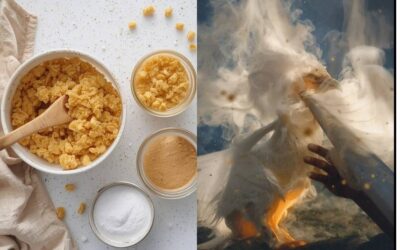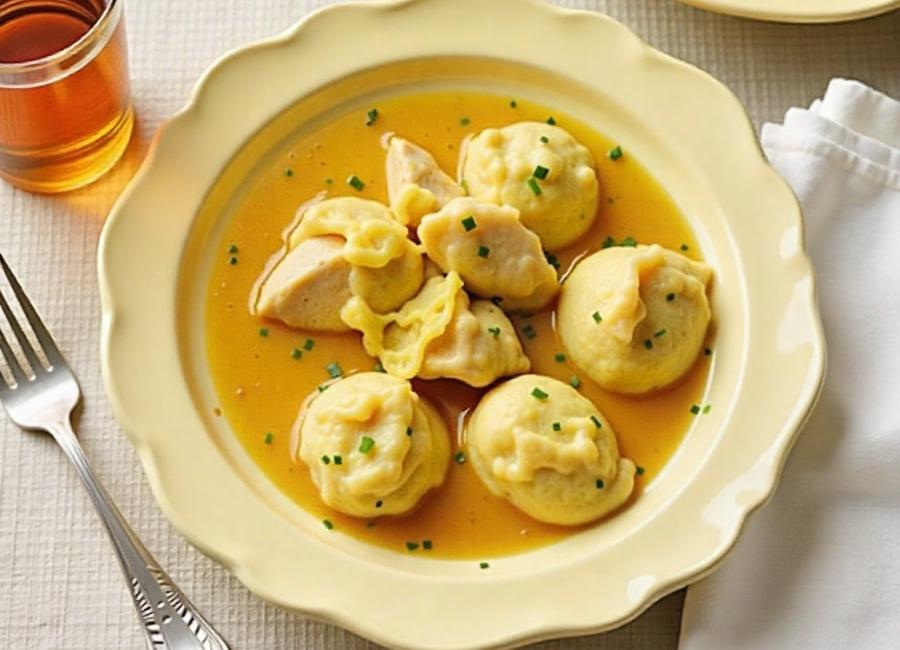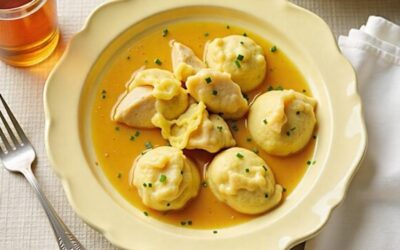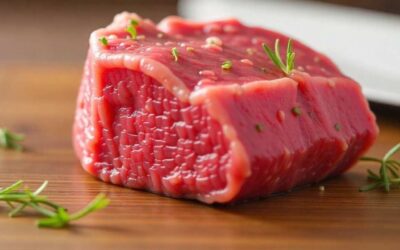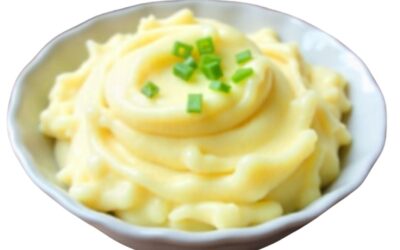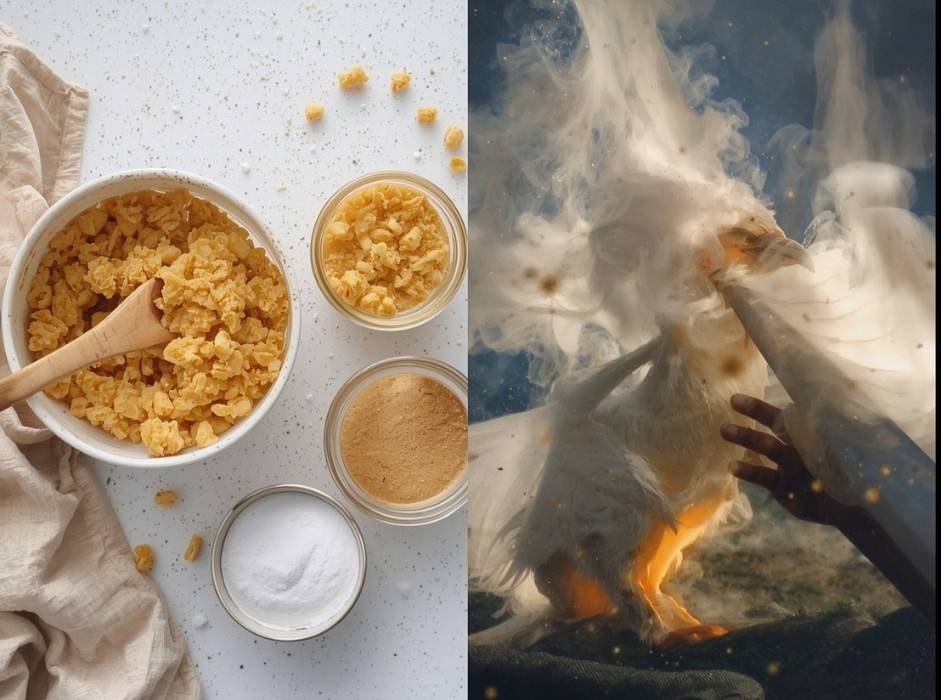If you’ve scrolled through TikTok or Instagram lately, you’ve probably encountered videos of people biting into what looks like chalk but sounds incredibly satisfying. This isn’t chalk at all—it’s crunchy cornstarch, a surprisingly popular snack that’s taken social media by storm.
While the idea of eating cornstarch might seem unusual, many people find the texture and crunch deeply satisfying. Some enjoy it for its unique sensory experience, while others appreciate it as a gluten-free alternative to traditional crunchy snacks. The process of making crunchy cornstarch is surprisingly simple, requiring just a few ingredients and some patience.
This guide will walk you through everything you need to know about making crunchy cornstarch at home, from the basic method to flavor variations that can make this simple ingredient into a personalized treat.
What Is Crunchy Cornstarch?
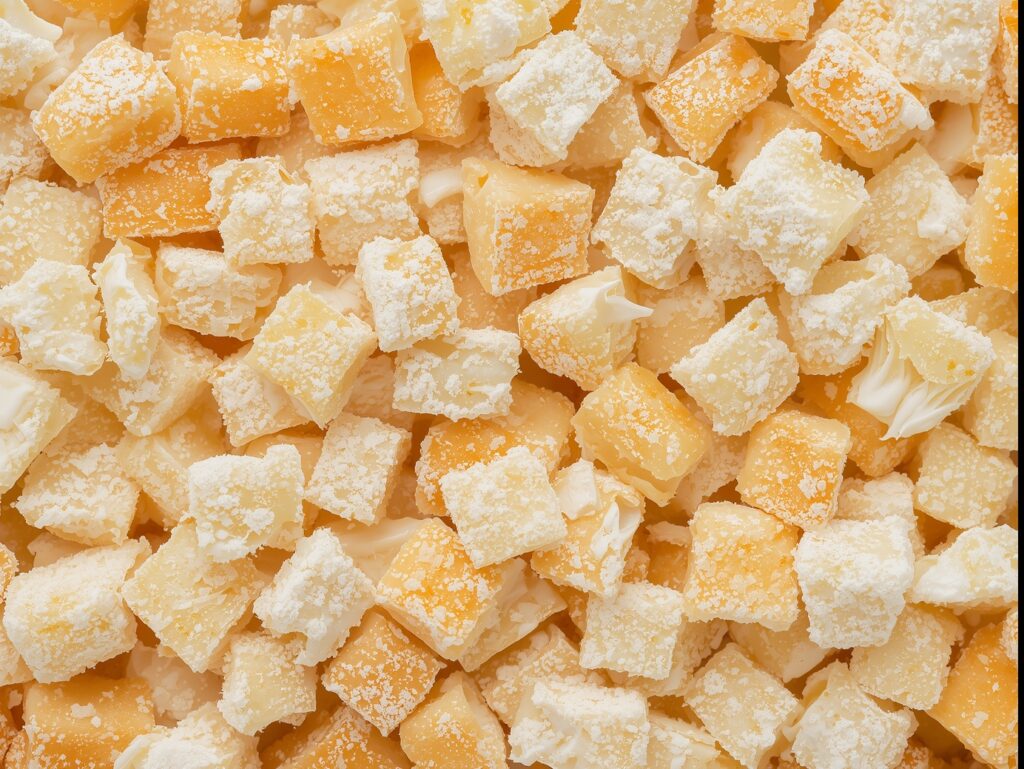
Crunchy cornstarch is precisely what it sounds like—regular cornstarch that has been transformed into a crispy, crunchy texture through a specific preparation process. The result is small, bite-sized pieces that produce a satisfying crunch when eaten.
The appeal lies in both the texture and the sound. Many people find the crunch deeply satisfying, similar to the appeal of ASMR content. The neutral taste of cornstarch also makes it a blank canvas for various flavors and seasonings.
Unlike raw cornstarch, which has a chalky, powdery texture, properly prepared crunchy cornstarch should have a light, airy crunch that dissolves easily in your mouth without leaving a heavy or unpleasant aftertaste.
Basic Method for Making Crunchy Cornstarch
Ingredients You’ll Need
- 1 cup cornstarch
- 2-3 tablespoons water
- Pinch of salt (optional)
- Food coloring (optional)
Equipment Required
- Large mixing bowl
- Whisk or fork
- Baking sheet
- Parchment paper
- Oven
Step-by-Step Instructions
Step 1: Prepare Your Workspace
Preheat your oven to 200°F (93°C). This low temperature is crucial for achieving the right texture without burning the cornstarch. Line a baking sheet with parchment paper to prevent sticking.
Step 2: Mix the Ingredients
In a large mixing bowl, add your cornstarch. Gradually add water, one tablespoon at a time, while whisking continuously. The goal is to create small, crumbly pieces rather than a smooth paste. The mixture should hold together when squeezed but crumble easily when disturbed.
If you’re adding food coloring, mix it with the water before adding it to the cornstarch. A few drops go a long way, so start small and add more as needed.
Step 3: Achieve the Right Consistency
The mixture should feel slightly damp but not wet. When you squeeze a handful, it should clump together briefly before breaking apart into smaller pieces. If it’s too dry, add water drop by drop. If it’s too wet, add more cornstarch gradually.
Step 4: Spread and Shape
Spread the mixture evenly across your prepared baking sheet. Break up any large clumps with your fingers, aiming for pieces roughly the size of small pebbles or coarse breadcrumbs.
Step 5: Bake to Perfection
Place the baking sheet in your preheated oven and bake for 2-3 hours. The exact time depends on your oven and the size of your pieces. Check every 30 minutes, stirring gently to ensure even drying.
The cornstarch is ready when it feels scorched and produces a satisfying crunch when bitten. It should break cleanly without any soft or chewy centers.
Flavor Variations and Add-Ins
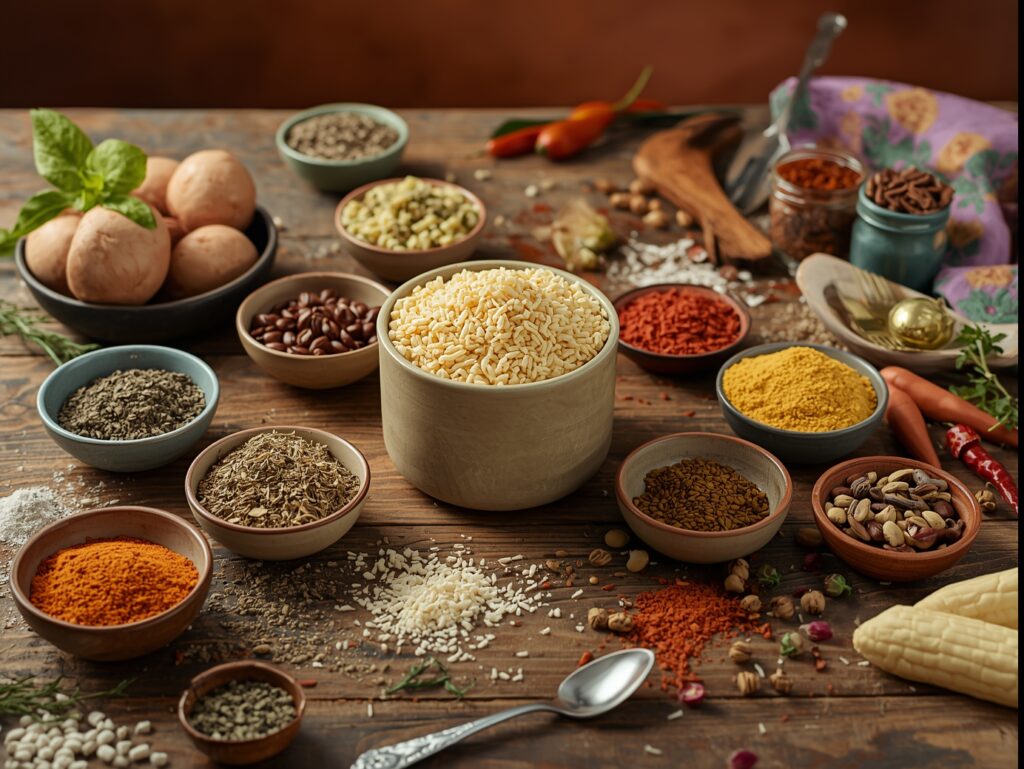
Plain crunchy cornstarch has a neutral taste, but you can easily customize it with various flavors and seasonings.
Sweet Variations
For those with a sweet tooth, try adding a small amount of vanilla extract to your water before mixing. You can also dust the finished product with powdered sugar or cinnamon sugar.
Fruit powder made from freeze-dried berries creates an interesting flavor and color combination. Simply crush freeze-dried strawberries, raspberries, or other fruits into a powder and mix them in during the initial preparation.
Savory Options
Savory, crunchy cornstarch can be surprisingly appealing. Try adding garlic powder, onion powder, or your favorite seasoning blend to the dry cornstarch before adding water.
Cheese powder, similar to what’s used on popcorn, can create a tangy, savory version. Nutritional yeast also works well for those following a vegan diet.
International Flavors
Experiment with spice blends from different cuisines. A pinch of curry powder creates an interesting Indian-inspired version, while a small amount of Chinese five-spice powder offers an Asian twist.
For a Mexican-inspired version, try adding a small amount of chili powder and lime zest to the mixture before baking.
Tips for Perfect Results

Getting the texture just right takes practice, but these tips can help you achieve consistent results.
Temperature Control
Maintain a low oven temperature throughout the process. Higher temperatures can cause the outside to harden while leaving the inside soft, or worse, burn the cornstarch before it properly dries.
Moisture Management
The key to perfect crunchy cornstarch lies in moisture control. Too much water creates a gummy texture, while too little prevents the mixture from holding together during the drying process.
Patience Is Essential
Don’t rush the drying process. Properly dried crunchy cornstarch should feel completely dry to the touch and produce a clean, sharp crunch. Underdried pieces will have a chewy or soft center that diminishes the satisfying texture.
Storage Considerations
Store your finished crunchy cornstarch in an airtight container to maintain its crunch. Properly stored, it can last for several weeks at room temperature. If it begins to lose its crunch, you can refresh it with a short stint in a low oven.
Troubleshooting Common Issues
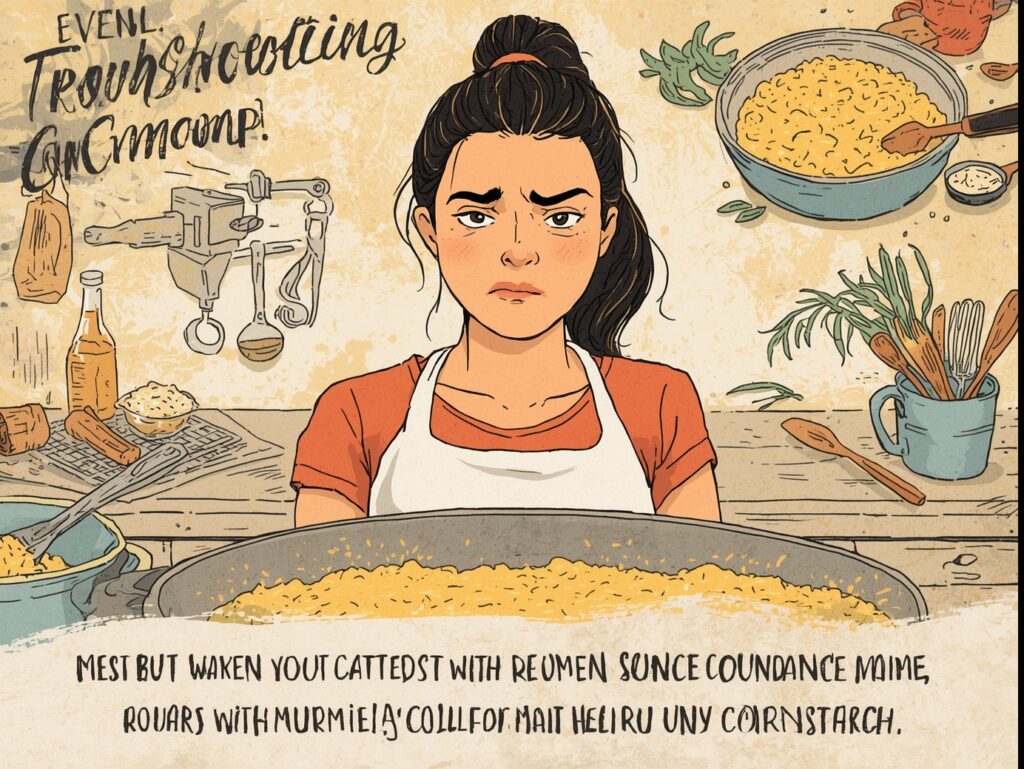
Even with careful preparation, you might encounter some challenges when making crunchy cornstarch.
Soggy or Chewy Texture
If your finished product lacks crunch, it likely needs more drying time. Please return it to the oven for 30-minute intervals until it achieves the desired texture.
Burnt or Bitter Taste
This usually indicates the oven temperature was too high. Start over with a lower temperature setting and longer drying time.
Pieces Too Large or Too Small
The size of your pieces affects both texture and drying time. Aim for uniformly sized pieces about the size of coarse breadcrumbs for the best results.
Safety Considerations and Moderation
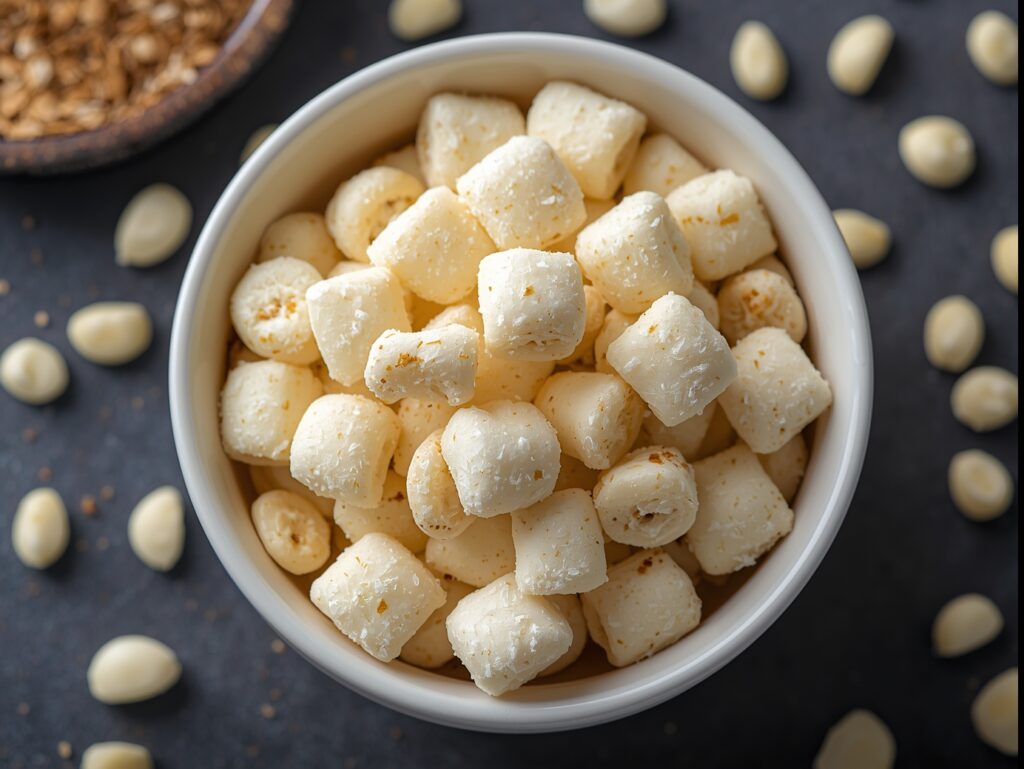
While crunchy cornstarch can be an enjoyable snack, it’s essential to consume it in moderation. Cornstarch is primarily a carbohydrate with little nutritional value beyond calories.
Some people may experience digestive discomfort if they consume large quantities of cornstarch. Start with small amounts to see how your body responds.
If you find yourself craving cornstarch frequently or in large quantities, consider speaking with a healthcare provider, as this could indicate an underlying nutritional deficiency.
Taking Your Crunchy Cornstarch to the Next Level
Once you’ve mastered the basic technique, you can experiment with more advanced variations and presentations.
Consider creating layered flavors by making multiple small batches with different seasonings, then combining them for a mixed variety pack. You can also experiment with different textures by varying the size of your pieces or the drying time.
For special occasions, try shaping the mixture into specific forms before drying, or use cookie cutters on a slightly thicker layer of the mix for fun shapes.
The process of making crunchy cornstarch is both simple and endlessly customizable. With just a few basic ingredients and some patience, you can create a unique snack that satisfies both your taste buds and your need for that perfect crunch. Whether you prefer it plain or flavored, sweet or savory, this versatile treat offers a satisfying sensory experience that’s entirely your own.










